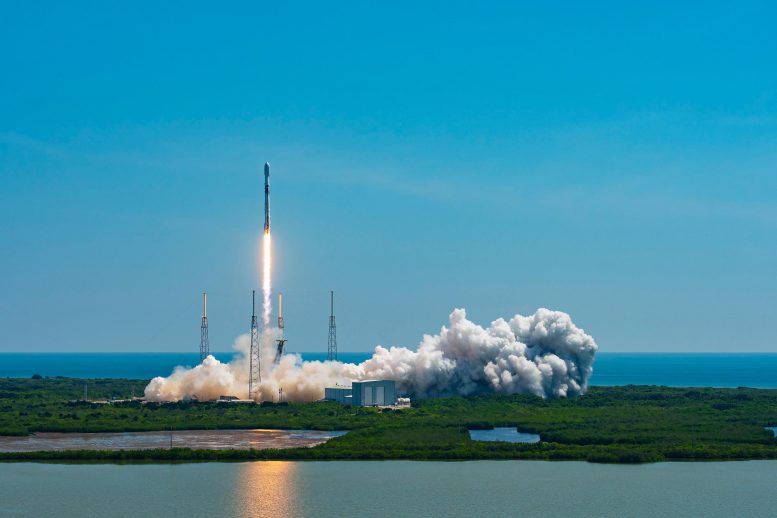
On July 1, 2023, the Euclid spacecraft, operated by the European Space Agency (ESA), was successfully launched on a SpaceX Falcon 9 rocket from Cape Canaveral Space Force Station. The spacecraft is aimed at exploring the mysterious components of the Universe, dark matter and dark energy. Credit: SpaceX
ESA’s Euclid spacecraft lifted off aboard a SpaceX Falcon 9 rocket from Cape Canaveral Space Force Station in Florida, USA, at 11:12 a.m. EDT on July 1, 2023. The successful launch marks the beginning of an ambitious mission to uncover the nature of two mysterious components of our Universe: dark matter and dark energy, and to help us answer the fundamental question: what is the Universe made of?
Following launch and separation from the rocket, ESA’s European Space Operations Centre (ESOC) in Darmstadt, Germany, confirmed acquisition of signal from Euclid via the New Norcia ground station in Australia at 17:57 CEST (11:57 a.m. EDT).
ESA’s Euclid spacecraft was launched successfully on July 1, 2023, to uncover the nature of dark matter and dark energy in the Universe. It will create an accurate 3D map of the Universe by observing billions of galaxies and employ advanced scientific instruments to analyze these galaxies. The mission is set to last six years and will offer an unprecedented survey of the sky. Credit: SpaceX
“The successful launch of Euclid marks the beginning of a new scientific endeavor to help us answer one of the most compelling questions of modern science,” says ESA Director General Josef Aschbacher. “Euclid has been made possible by ESA’s leadership, the effort and expertise of hundreds of European industrial and scientific institutions, and through collaboration with international partners. The quest to answer fundamental questions about our cosmos is what makes us human. And, often, it is what drives the progress of science and the development of powerful, far-reaching, new technologies. ESA is committed to expanding Europe’s ambitions and successes in space for future generations.”
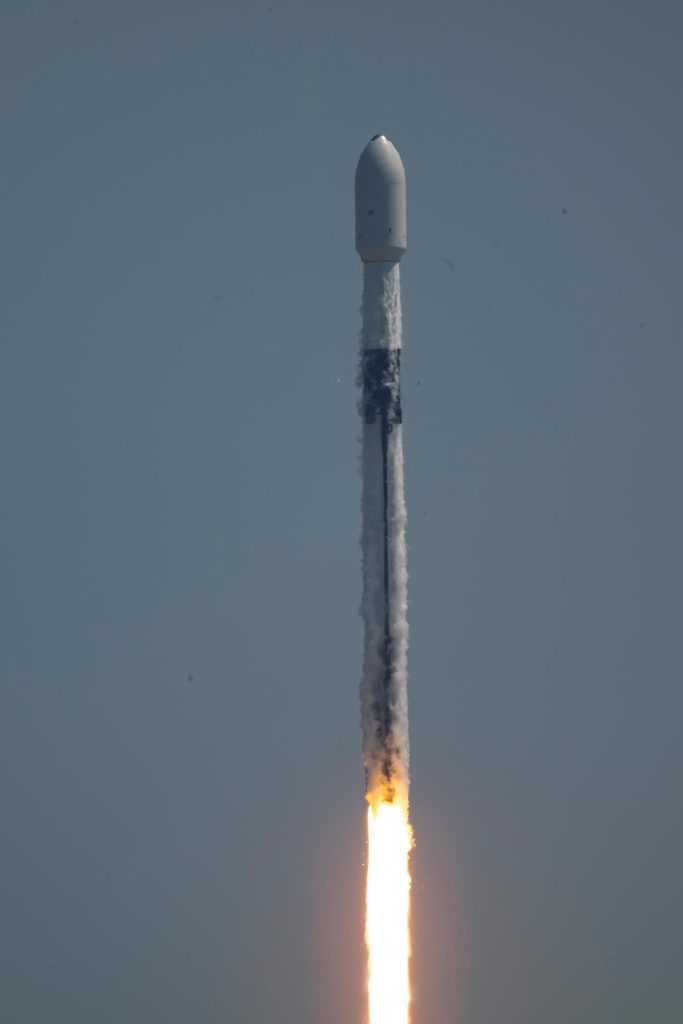
On July 1, 2023, at 11:12 a.m. EDT, ESA’s latest astrophysics mission, Euclid, lifted off on a Space X Falcon 9 from Cape Canaveral in Florida, USA. Euclid has now started its month-long journey to Sun-Earth Lagrange point L2, located 1.5 million kilometers from Earth, in the opposite direction from the Sun. Credit: ESA – S. Corvaja
“The Euclid mission is the result of the passion and expertise of those who contributed to designing and building this sophisticated space telescope, the competence of our flight operations team, and the inquiring spirit of the science community,” says Giuseppe Racca, ESA’s Euclid Project Manager. “There have been many challenges during the project, but we have worked hard and now we have successfully reached this launch milestone together with our partners in the Euclid Consortium and NASA.”
The Euclid Consortium contributed the two highly advanced scientific instruments – the visible-wavelength camera (VIS) and the Near-Infrared Spectrometer and Photometer (NISP). NASA provided the detectors for NISP.
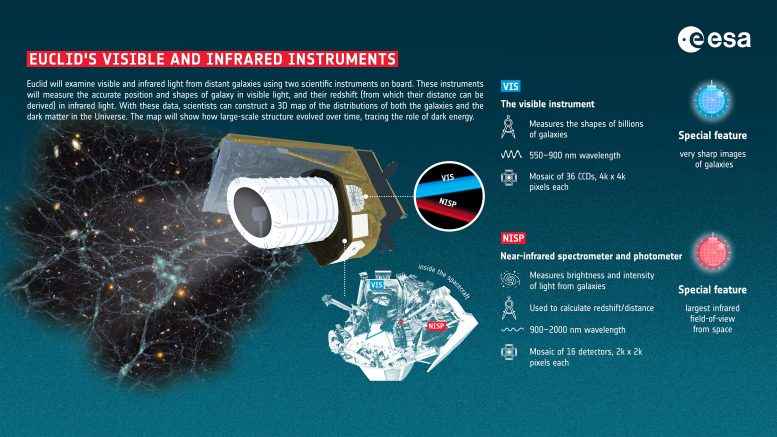
ESA’s Euclid will examine visible and infrared light from distant galaxies using two scientific instruments on board. These instruments will measure the accurate position and shapes of galaxies in visible light, and their redshift (from which their distance can be derived) in the infrared light. With these data, scientists can construct a 3D map of the distributions of both the galaxies and the dark matter in the Universe. The map will show how large-scale structure evolved over time, tracing the role of dark energy.
The VISible instrument (VIS) takes very sharp images of galaxies over a much larger fraction of sky than would be possible from the ground. These observations will be used to measure the shapes of over a billion galaxies.
As the name suggests, VIS collects visible light. It is sensitive to wavelengths from green (550 nanometres) up to near infrared (900 nm). The instrument uses a mosaic of 36 CCDs (Charge Coupled Devices, a type of camera sensor), each of which contains more than 4000 pixels by 4000 pixels. This gives the detector a total of about 600 megapixels, equivalent to almost seventy 4K resolution screens.
Near-Infrared Spectrometer and Photometer (NISP) is dedicated to making spectroscopic measurements of galaxies, which involves determining how much light they emit per wavelength. This is useful for measuring the galaxies’ redshift, which cosmologists can use to estimate the distance to each galaxy. NISP has the largest field of view for an infrared instrument ever flown in space. The instrument measures near-infrared light (900–2000 nm) using a grid of 16 detectors, each containing more than 2000 by 2000 pixels.
Credit: ESA
Exploring the dark Universe
Euclid will observe billions of galaxies out to 10 billion light-years to create the largest, most accurate 3D map of the Universe, with the third dimension representing time itself. This detailed chart of the shape, position, and movement of galaxies will reveal how matter is distributed across immense distances and how the expansion of the Universe has evolved over cosmic history, enabling astronomers to infer the properties of dark energy and dark matter. This will help theorists to improve our understanding of the role of gravity and pin down the nature of these enigmatic entities.
“Today we celebrate the successful launch of a ground-breaking mission that places Europe at the forefront of cosmological studies,” says Carole Mundell, ESA’s Director of Science. “If we want to understand the Universe we live in, we need to uncover the nature of dark matter and dark energy and understand the role they played in shaping our cosmos. To address these fundamental questions, Euclid will deliver the most detailed map of the extra-galactic sky. This inestimable wealth of data will also enable the scientific community to investigate many other aspects of astronomy, for many years to come.”
ESA’s Euclid mission is designed to uncover the properties and effects of the elusive dark matter and dark energy, entities believed to be dominating the universe’s composition but remain undetected directly. Euclid will create a 3D map of the Universe, utilizing time as its third dimension, by observing billions of galaxies up to 10 billion light-years away. This extensive mapping will help scientists chart the position and velocity of galaxies across vast distances and through cosmic history, shedding light on the Universe’s expansion over time. Credit: ESA
To achieve its ambitious scientific goal, Euclid is equipped with a 1.2 m reflecting telescope that feeds the two innovative scientific instruments: VIS, which takes very sharp images of galaxies over a large fraction of the sky, and NISP, which can analyze galaxies’ infrared light by wavelength to accurately establish their distance.
The spacecraft and communications will be controlled from ESOC. To cope with the vast amounts of data Euclid will acquire, ESA’s Estrack network of deep space antennas has been upgraded. These data will be analyzed by the Euclid Consortium – a group of more than 2000 scientists from more than 300 institutes across Europe, the US, Canada, and Japan.

As for other ESA missions, spacecraft data arrive at ESA’s European Space Operations Centre (ESOC) in Germany, via ground stations around the world.
Raw data are transmitted to the European Space Astronomy Centre (ESAC) in Spain. From ESAC the data are distributed to the processing centers of the Science Ground Segment of the Euclid Consortium, based in a number of European states and the USA.
The Euclid Consortium (EC) is an organization that brings together more than 2000 researchers in theoretical physics, astrophysics and space astronomy, and engineers, technicians, and administrative staff. It was selected by ESA as the single official scientific consortium having the responsibility of the scientific instruments, the production of the data and of leading the scientific exploitation of the mission until completion.
The EC Science Ground Segment is responsible for the design, development tests, integration, and operation of the data processing tools, pipelines, and data centers. The processed data products include calibrated images and spectra, catalogs of scientific measurements, and documentation.
At regular intervals, the treasure trove of Euclid’s processed data will be made publicly available to the community via the Astronomy Science Archive at ESAC. It is from ESAC that science operations are planned, and where all the scientific data produced by an ESA mission are archived and made accessible to the world.
Credit: ESA
As the mission progresses, Euclid’s treasure trove of data will be released with a yearly cadence and will be accessible to the global scientific community via the Science Archive hosted at ESA’s European Space Astronomy Centre in Spain.
“This is a great moment for science, one that we have long been looking forward to: the launch of Euclid, on a mission to decipher the puzzle of dark matter and dark energy,” says René Laureijs, ESA’s Euclid Project Scientist. “The big mystery of the fundamental constituents of the Universe is staring us in the face, offering a formidable challenge. Thanks to its advanced telescope and powerful scientific instrumentation, Euclid is poised to help us unravel this mystery.”
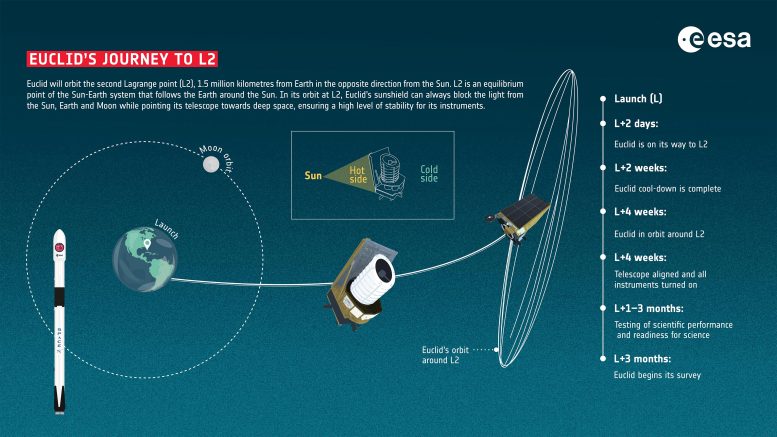
ESA’s Euclid will orbit the second Lagrange point (L2), 1.5 million kilometers from Earth in the opposite direction to the Sun. L2 is an equilibrium point of the Sun-Earth system that follows Earth around the Sun.
In its orbit at L2, Euclid’s sunshield can always block the light from the Sun, Earth, and Moon while pointing its telescope towards deep space, ensuring a high level of stability for its instruments.
At L2, Euclid joins ESA’s Gaia mission and the ESA/NASA/CSA James Webb Space Telescope, which are also orbiting around this equilibrium point, each following well-separated trajectories.
Credit: ESA
Journey to Lagrange Point 2
In the next four weeks, Euclid will travel towards Sun-Earth Lagrange point 2, an equilibrium point of the Sun-Earth system located 1.5 million km from Earth (about four times the Earth-Moon distance) in the direction opposite from the Sun. There, Euclid will be maneuvered into orbit around this point and mission controllers will start the activities to verify all the functions of the spacecraft, check out the telescope and finally turn on the scientific instruments.
Scientists and engineers will then be engaged in an intense two-month phase of testing and calibrating Euclid’s scientific instruments and preparing for routine observations. Over six years Euclid will survey one-third of the sky with unprecedented accuracy and sensitivity.
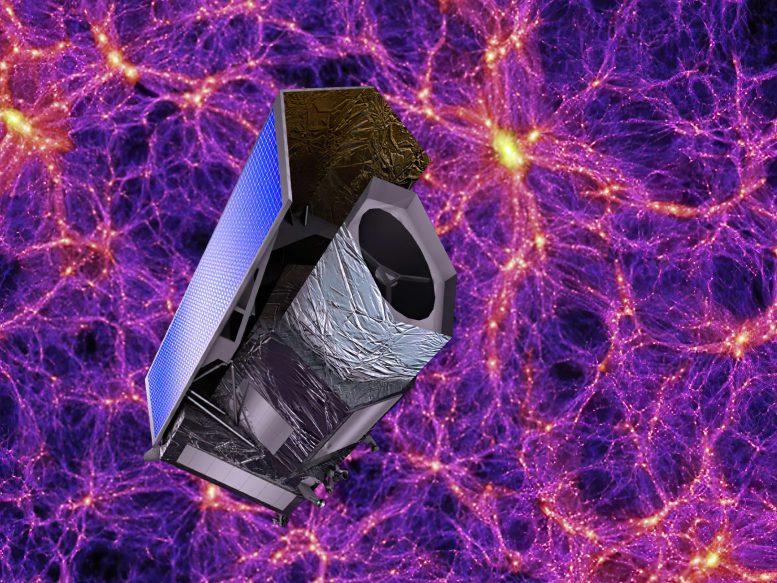
ESA’s Euclid mission is a highly ambitious project undertaken by the European Space Agency (ESA) to investigate and understand the nature of two enigmatic components of our Universe: dark matter and dark energy. Launched on July 1, 2023, the spacecraft will observe billions of galaxies up to 10 billion light-years away to construct the most accurate 3D map of the Universe ever made. Credit: ESA
About Euclid
Euclid is a European mission, built and operated by ESA, with contributions from NASA. The Euclid Consortium is responsible for providing the scientific instruments and scientific data analysis. ESA selected Thales Alenia Space as prime contractor for the construction of the satellite and its service module, with Airbus Defence and Space chosen to develop the payload module, including the telescope. NASA provided the detectors of the Near-Infrared Spectrometer and Photometer, NISP. Euclid is a medium-class mission in ESA’s Cosmic Vision Programme.


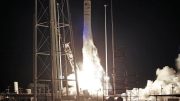
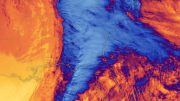
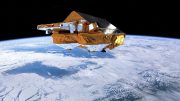

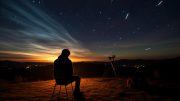

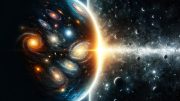
Since ancient times, human has observed the bright contents of the universe with naked eyes to the telescopes orbiting in space now.
Euclid is the first telescope dedicated to observe the mysterious dark universe. This task is not only new, but also challenging for scientists. It is hoped that this mission will help resolve the mystery of dark matter and its energy. This telescope will also get the the most conclusive map of the universe ever taken, which may help understand how dark universe has layedcout and shaped the universe. As soon as Euclid begins operation after 3 months of its launch, scientists are expecting a new dimension of discoveries of the universe.